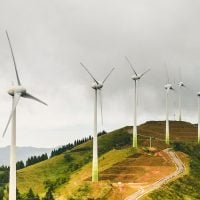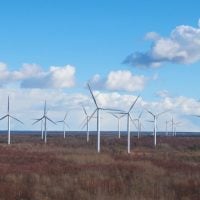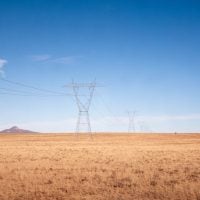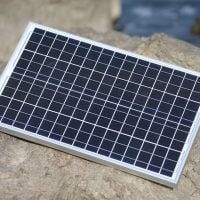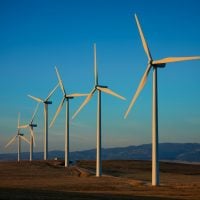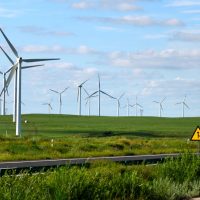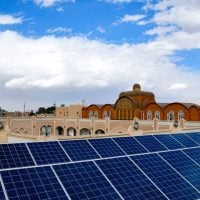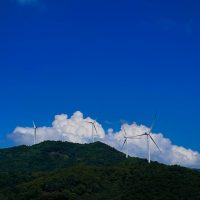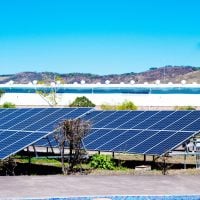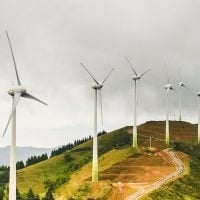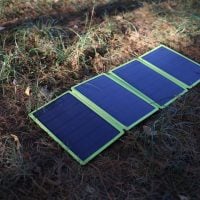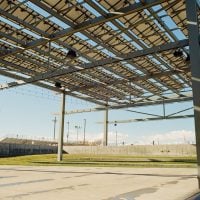In the realm of humanitarian aid, the role of top donors cannot be overstated. These organizations and individuals provide the financial backbone that supports various initiatives aimed at alleviating suffering and improving living conditions for vulnerable populations. Among these initiatives, clean power projects in refugee camps have emerged as a critical area of focus.
The need for sustainable energy solutions is more pressing than ever, as millions of displaced individuals rely on humanitarian assistance for their basic needs. Understanding who the top donors are and their motivations can help NGOs strategize more effectively in securing funding for clean power initiatives. Top donors typically include a mix of government agencies, international organizations, philanthropic foundations, and corporate sponsors.
Each donor has its own set of priorities and criteria for funding, which can range from environmental sustainability to social impact. For instance, organizations like the United Nations High Commissioner for Refugees (UNHCR) and the World Bank have made significant investments in renewable energy projects in refugee settings. Philanthropic foundations such as the Bill & Melinda Gates Foundation and the IKEA Foundation also play a pivotal role by funding innovative solutions that address both energy access and humanitarian needs.
By understanding the landscape of top donors, NGOs can tailor their proposals to align with donor interests, thereby increasing their chances of securing funding. Are You Working on Solar Innovation or Clean Energy Access? Join us to receive updates.
Key Takeaways
- Top donors play a crucial role in providing clean power solutions for refugee camps.
- Clean power has a significant impact on improving living conditions and opportunities in refugee camps.
- Donors consider specific criteria when investing in clean power initiatives for refugee camps.
- Renewable energy plays a vital role in providing sustainable and reliable power in refugee camps.
- Implementing clean power in refugee camps faces various challenges, including funding and infrastructure limitations.
The Impact of Clean Power in Refugee Camps
The introduction of clean power in refugee camps has transformative effects on the lives of displaced individuals. Access to reliable energy sources can significantly improve living conditions, enabling better health care, education, and economic opportunities. For instance, solar energy can power medical facilities, allowing for refrigeration of vaccines and medications, which is crucial in preventing disease outbreaks.
Furthermore, clean energy can illuminate communal areas, enhancing safety and security during nighttime hours. This shift from traditional energy sources to renewable options not only addresses immediate needs but also fosters a sense of normalcy and dignity among refugees. Moreover, clean power initiatives can empower refugees by providing them with skills training in renewable energy technologies.
Programs that teach individuals how to install and maintain solar panels or wind turbines can create job opportunities within the camp and beyond. This not only helps to alleviate poverty but also instills a sense of agency among refugees, allowing them to contribute positively to their communities. The ripple effect of clean power extends beyond mere energy access; it can catalyze social cohesion and resilience among displaced populations.
Donor Criteria for Investing in Clean Power
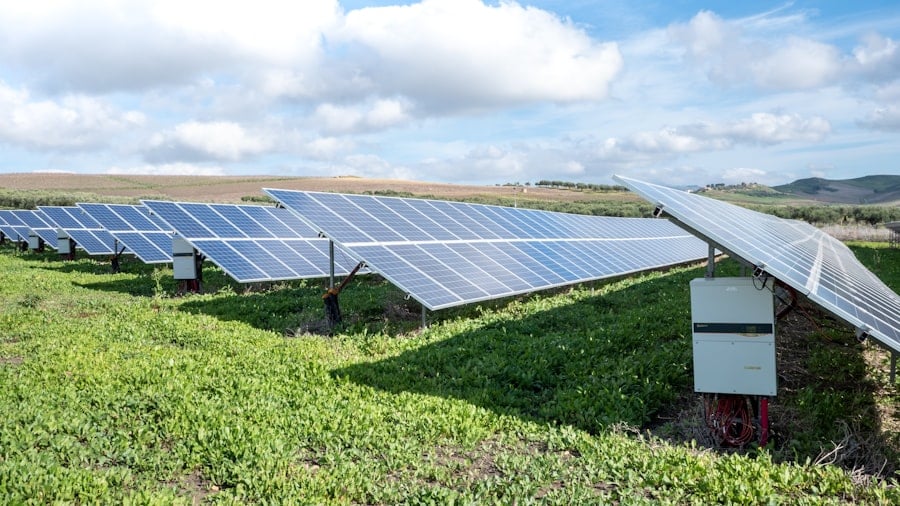
When seeking funding for clean power projects in refugee camps, it is essential for NGOs to understand the criteria that top donors use to evaluate proposals. Donors often prioritize projects that demonstrate sustainability, scalability, and measurable impact. For example, they may look for initiatives that not only provide immediate energy solutions but also have long-term viability and can be expanded to serve larger populations over time.
This means that NGOs must present a clear plan outlining how their projects will evolve and adapt to changing circumstances. Additionally, transparency and accountability are critical factors in donor decision-making. Donors want assurance that their funds will be used effectively and that there will be mechanisms in place for monitoring and evaluation.
NGOs should be prepared to provide detailed budgets, timelines, and impact assessments to demonstrate their commitment to responsible stewardship of donor resources. By aligning their proposals with donor expectations, NGOs can enhance their chances of securing funding for clean power initiatives.
The Role of Renewable Energy in Refugee Camps
Renewable energy plays a pivotal role in addressing the unique challenges faced by refugee camps. Traditional energy sources such as diesel generators are not only costly but also contribute to environmental degradation and health hazards due to emissions. In contrast, renewable energy sources like solar, wind, and biogas offer cleaner alternatives that can be harnessed locally.
For instance, solar panels can be installed on rooftops or communal spaces, providing electricity for lighting, cooking, and charging devices without relying on external fuel supplies. Furthermore, renewable energy can enhance the resilience of refugee camps by reducing dependency on volatile fuel markets. In many regions where refugee camps are located, access to fuel can be inconsistent and expensive.
By investing in renewable energy infrastructure, camps can achieve greater energy independence and stability. This shift not only improves the quality of life for refugees but also contributes to broader environmental goals by reducing carbon footprints and promoting sustainable practices.
The Challenges of Implementing Clean Power in Refugee Camps
Despite the numerous benefits of clean power initiatives in refugee camps, several challenges hinder their implementation. One significant barrier is the initial cost associated with setting up renewable energy systems. While long-term savings are evident, the upfront investment required for solar panels or wind turbines can be prohibitive for many NGOs operating on tight budgets.
Additionally, securing funding from donors who may prioritize immediate relief efforts over long-term infrastructure projects can complicate matters further. Another challenge lies in the logistical complexities of deploying clean power solutions in often remote or unstable environments. Refugee camps may lack the necessary infrastructure for installation and maintenance of renewable energy systems.
Furthermore, political instability or conflict can disrupt supply chains and hinder project execution. NGOs must navigate these challenges by building strong partnerships with local governments, communities, and other stakeholders to ensure successful implementation.
The Benefits of Investing in Clean Power for Refugee Camps
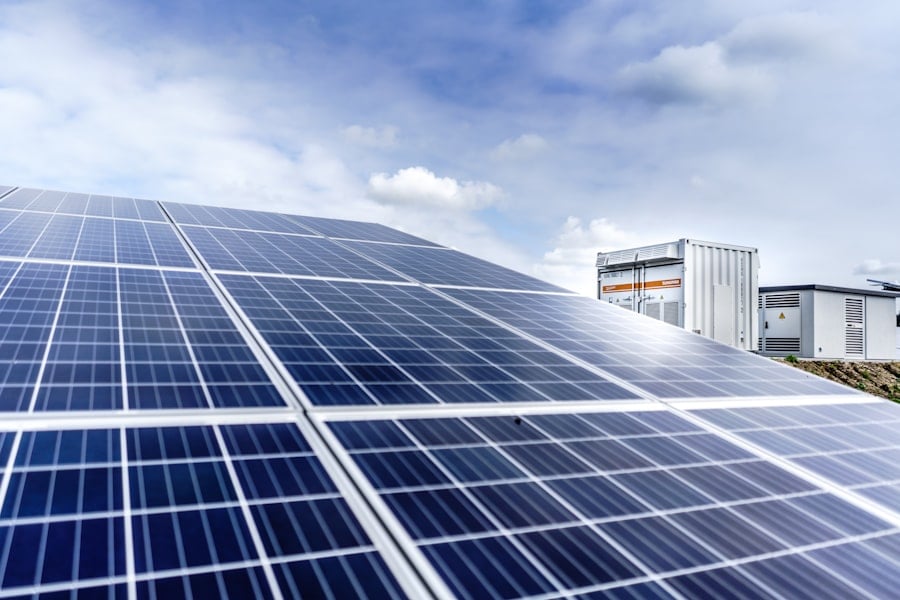
Investing in clean power for refugee camps yields a multitude of benefits that extend beyond mere energy access. One of the most significant advantages is the positive impact on health outcomes. Access to clean energy reduces reliance on harmful fuels like kerosene or wood for cooking and heating, which are associated with respiratory illnesses and other health risks.
By providing cleaner alternatives, NGOs can help improve overall health conditions within refugee populations. Moreover, clean power initiatives can stimulate local economies by creating job opportunities related to installation and maintenance of renewable energy systems. This economic empowerment is crucial in fostering self-sufficiency among refugees who often face barriers to employment due to their status.
Additionally, when refugees are engaged in meaningful work related to clean energy projects, it enhances their sense of purpose and community involvement.
The Importance of Sustainable Energy Solutions in Humanitarian Aid
Sustainable energy solutions are increasingly recognized as essential components of effective humanitarian aid strategies. As climate change continues to exacerbate existing vulnerabilities, integrating renewable energy into humanitarian responses becomes imperative. Sustainable energy not only addresses immediate needs but also lays the groundwork for long-term recovery and resilience among affected populations.
Furthermore, incorporating sustainable energy solutions aligns with global commitments such as the United Nations Sustainable Development Goals (SDGs). Specifically, Goal 7 emphasizes the importance of ensuring access to affordable, reliable, sustainable, and modern energy for all. By prioritizing clean power initiatives in refugee camps, NGOs contribute to achieving these global objectives while simultaneously addressing local needs.
The Top Donors’ Commitment to Clean Power Initiatives
Top donors have increasingly recognized the importance of clean power initiatives within their funding portfolios. Organizations like the Global Environment Facility (GEF) and the Green Climate Fund (GCF) have made significant investments in renewable energy projects aimed at supporting vulnerable populations, including refugees. Their commitment reflects a growing understanding that addressing climate change is intrinsically linked to humanitarian efforts.
Moreover, many top donors are now prioritizing projects that demonstrate innovative approaches to integrating clean power into humanitarian responses. For example, some donors are funding pilot programs that explore hybrid systems combining solar energy with battery storage or other renewable sources. This commitment not only enhances the effectiveness of humanitarian aid but also encourages NGOs to adopt more sustainable practices in their operations.
The Future of Clean Power Investments in Refugee Camps
The future of clean power investments in refugee camps looks promising as awareness grows about the benefits of renewable energy solutions. As more NGOs successfully implement clean power projects and demonstrate their impact, it is likely that additional funding will become available from both traditional donors and new sources such as impact investors or corporate social responsibility programs. Furthermore, advancements in technology are making renewable energy solutions more accessible and affordable than ever before.
Innovations such as portable solar kits or microgrid systems designed specifically for remote areas are paving the way for scalable solutions that can be deployed quickly in emergency situations. As these technologies continue to evolve, they will play a crucial role in shaping the future landscape of clean power investments in refugee camps.
Collaborations and Partnerships in Clean Power Investments for Refugee Camps
Collaboration is key to maximizing the impact of clean power investments in refugee camps. By forming partnerships with local governments, private sector entities, and other NGOs, organizations can leverage resources and expertise to implement more effective projects. For instance, collaborations with technology companies can facilitate access to cutting-edge renewable energy solutions while partnerships with local communities ensure that projects are culturally appropriate and sustainable.
Additionally, multi-stakeholder initiatives can help create a more coordinated approach to addressing energy needs within refugee settings. By bringing together diverse actors—ranging from humanitarian organizations to development agencies—collaborative efforts can lead to comprehensive strategies that address both immediate relief needs and long-term sustainability goals.
Conclusion and Call to Action
In conclusion, the integration of clean power initiatives into refugee camps represents a vital opportunity for improving living conditions while promoting sustainability within humanitarian aid efforts. As top donors increasingly commit resources toward these initiatives, NGOs must strategically position themselves to secure funding by aligning their proposals with donor priorities and demonstrating measurable impact. The challenges associated with implementing clean power solutions should not deter action; rather, they should inspire innovative approaches that leverage collaboration and technology advancements.
As we look toward the future, it is imperative that all stakeholders—donors, NGOs, governments, and communities—come together to champion sustainable energy solutions that empower refugees and foster resilience in the face of adversity. Now is the time for action: let us advocate for increased investment in clean power initiatives within refugee camps and work collectively toward a future where every displaced individual has access to reliable and sustainable energy sources.


